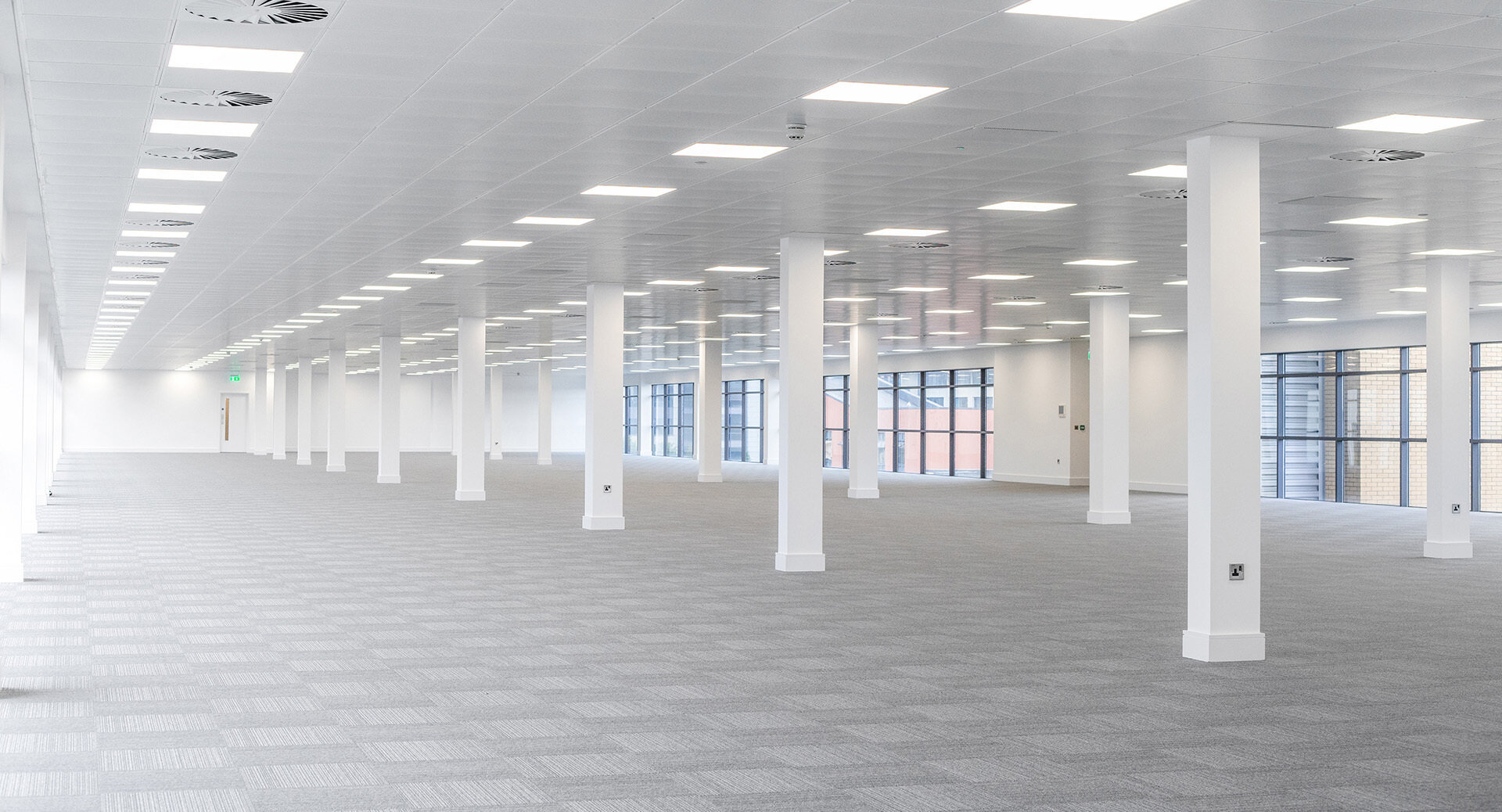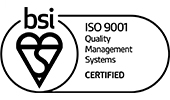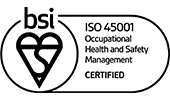An independent survey commissioned by the British Council for Offices (BCO) and published via the Guardian this week found that almost half of office workers anticipate splitting their working days between home and the office.
Without doubt, the pandemic has had a huge impact in shaping our workplaces, our existing practices, and our business strategies, but will COVID-19’s legacy be a blended home/office model?
The recent study from BCO found that 62% of senior executives and 58% of entry-level workers will be looking to adopt blended work practices over the next six months, with most office workers adjusting their previous five days a week spent at their workplace.
“We are never going to go back to how things were before,” said the BCO’s chief executive, Richard Kauntze. “The idea that people will return to the five-day week in the office has gone, and I think a much more blended approach is likely, two or three days in the office and two-three at home or wherever is going to be a much more typical pattern. Most people will value being able to work on that basis.”
Office sceptics have also been silenced as only 15% of respondents plan to work from home exclusively. See our recent blog post on the human cost of home working.
According to the survey, which included 2,000 office workers conducted in September, found that 70% of people said the office was important for learning and developing networks and two-thirds said their career had been helped by relationships made in the workplace.
The anchor of having an office, a place where they can work comfortably, where they can socialise, safely of course, where they can talk to people not via a screen and can have coffee and lunch, is absolutely crucial for their mental well-being and their development.
— Richard Kauntze
During the first stages of the pandemic, we completed our own research study into the future workplace and what this will mean for office design and culture. We found that 49% of respondents cited well-being and loneliness as the biggest challenge of working from home, whilst 40% of people said work/life balance was another main challenge. Find our Future Workplace survey findings from April-May here.
The IoD also believes offices will remain valuable places for interaction and collaboration, particularly for new colleagues.
For many companies, bringing teams together in person proves more productive and enjoyable. Shared workspace often provides employees the opportunity for informal development and networking that is so crucial, particularly early on in a career.
— Roger Barker, IoD’s director of policy
If employers look to encourage this blended style of working between home and office, we see the workplace changing in the following ways:
Extra break out space and open meeting areas

Smaller office floor plates and better technology

More of a social hub that promotes culture

Give us a call, we’d love to her your thoughts and what you’re looking to achieve at your workplace over the next six months.








